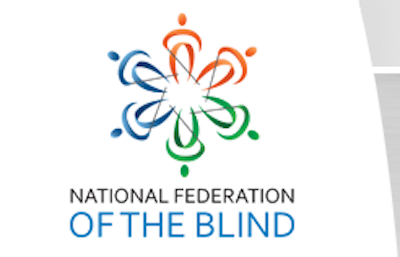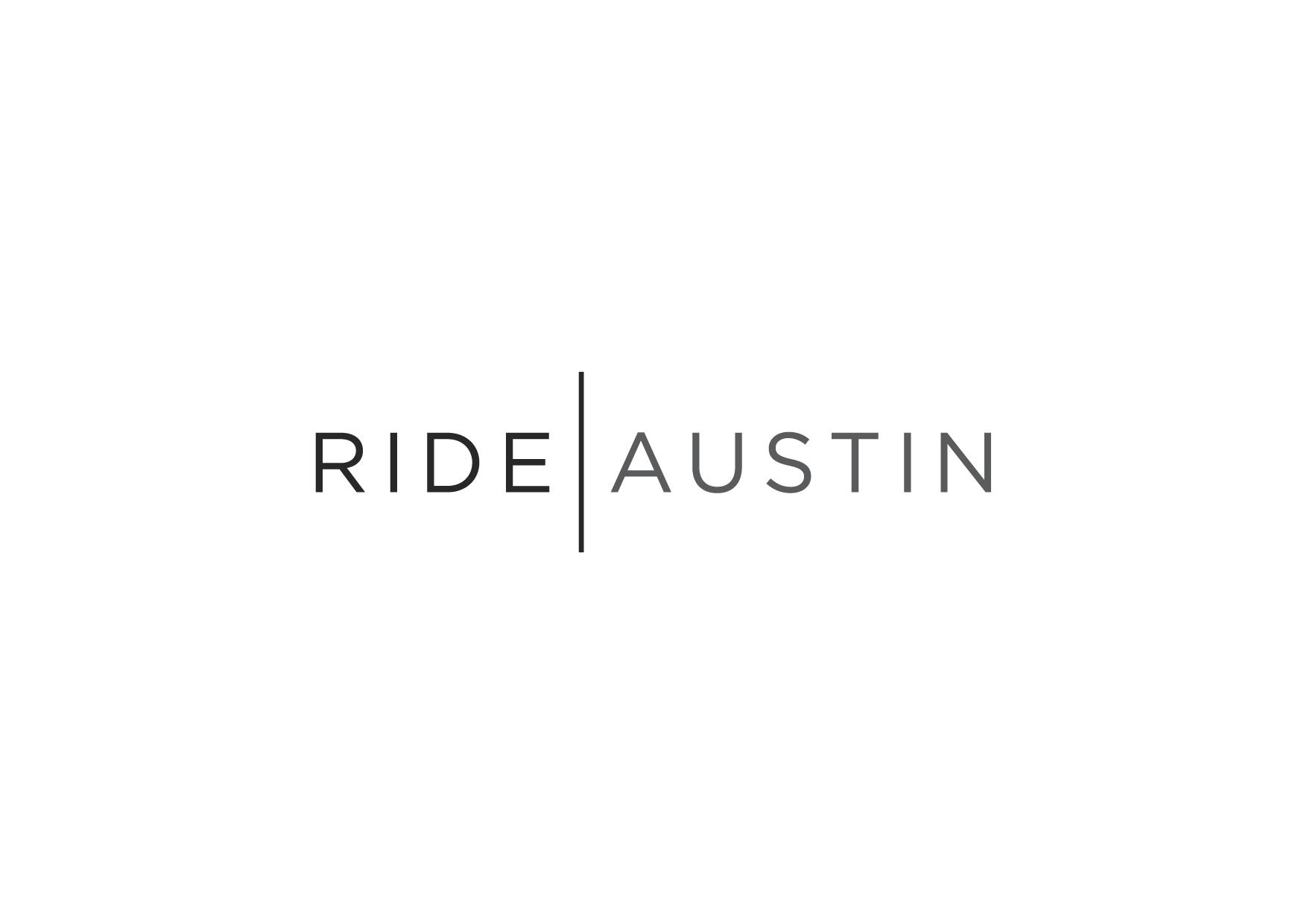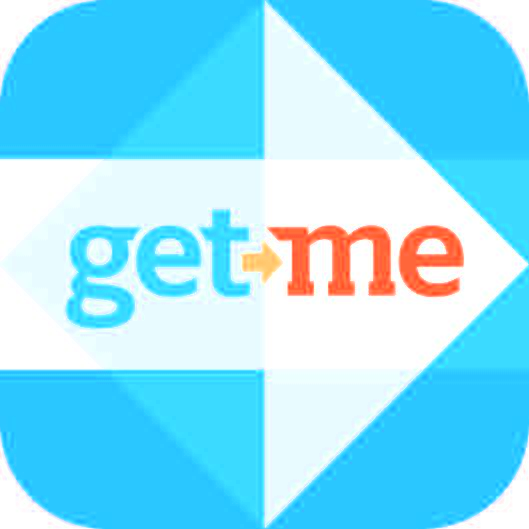The title of this article is essentially what is said when you power on Aftershockz’ newest bluetooth headset the Trekz Titanium. In the past, we have typically blogged about apps and have written about platforms like the Echo, but we really haven’t talked much about headsets until now.
What makes these headphones so special?
All Aftershockz headphones are bone conduction headphones, which means that they sit on your cheekbones to send sound to your inner ear. The headphones vibrate your cheekbone and that sends the audio to your ear. The Trekz Titanium is the smallest and most flexible headset from Aftershockz that will fit most anyone’s head including my big head.
Since your ears are not covered, you can use these headphones to listen to music, audiobooks, or any other audio content while walking outside, ro while doing an activity that requires hearing. This is because of the fact that the headphones do not keep your ears from hearing what they normally hear, and you can still be aware of your surroundings.
Drawbacks
The Trekz Titanium has a 6 hour battery, which does not last long compared to many other headsets. I have not found this to be an issue as they can be charged fully within an hour and a half. Depending on your head and ears, the headset may not be the most comfortable for you, so adjust each side so that it is on your cheekbone instead of your ear. While the audio quality on this headset is good, it is not what you will get from an in ear solution like the LG Tones or the Beats or Bose headphones. I can honestly say that I have heard better and worse on a bluetooth headset.
Conclusion
I have found that the Trekz Titanium was a wonderful purchase that I made at #nfb16 from the folks at A T Guys. The headset can be purchased for $130, which is pretty standard for a bluetooth headset. The Trekz Titanium comes in many different colors, and I totally recommend the blue ones.
All in all this is a worthy headset for users that like to listen to music while moving around their area on foot. It keeps you alert while providing adequate sound quality for what you are listening to.






